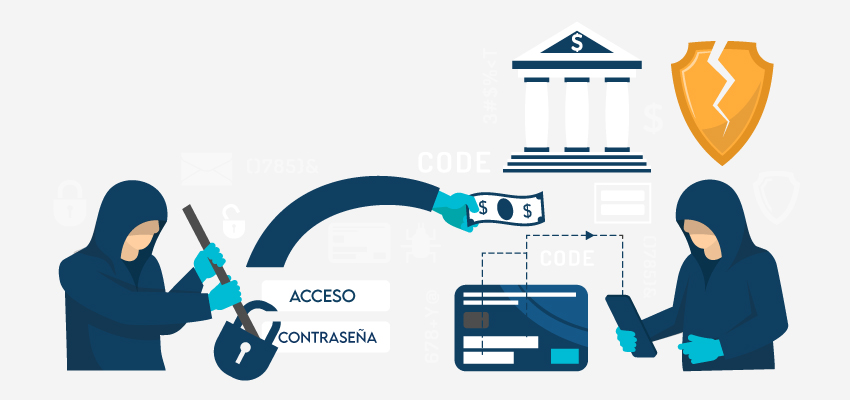Fraudulent conveyance is a term used in law to describe the illegal transfer of property or assets from one person (or entity) to another with the intent of evading debts or defrauding creditors. This deceptive action typically occurs when someone tries to shield their assets from creditors by transferring them to a family member, friend, or business associate.
Fraudulent conveyance laws are designed to prevent such manipulative practices, ensuring that creditors have a fair chance to recover the debts owed to them. The concept is particularly relevant in bankruptcy and insolvency cases, where debtors might attempt to avoid paying creditors by offloading assets before filing for bankruptcy.
Types of Fraudulent Conveyance
There are two main types of fraudulent conveyance:
- Actual Fraudulent Conveyance
This occurs when there is clear intent to defraud, delay, or hinder a creditor. For example, a person may transfer valuable assets to a friend or family member just before a court judgment is made in a creditor’s favor. The intent here is to prevent the creditor from seizing these assets.
- Constructive Fraudulent Conveyance
This type doesn’t require direct proof of intent but instead looks at the transaction’s fairness. If a debtor transfers assets for less than their fair market value while they are insolvent or on the verge of insolvency, the transfer can be deemed fraudulent, even if there wasn’t explicit intent to defraud.
How Fraudulent Conveyance Works?
- Transfer of Assets: The debtor transfers property, money, or other valuable assets to another person or entity.
- Timing of the Transfer: The transfer usually happens when the debtor is in financial trouble, about to declare bankruptcy, or facing a lawsuit that may result in a large debt judgment.
- Creditor Claims: Once creditors or a bankruptcy trustee discover the transfer, they can file a lawsuit to reverse or “void” the transaction. This allows the assets to be included in the debtor’s estate, where they can be used to pay off creditors.
- Legal Action: A court will then assess whether the transfer was fraudulent by evaluating:
- The intent of the debtor at the time of transfer.
- Whether the transferor received fair value in exchange.
- Whether the debtor was insolvent or became insolvent as a result of the transfer.
- Consequences: If the transfer is fraudulent, the court can reverse it, and the creditor may recover the value of the transferred assets. Additionally, the person receiving the assets may face penalties if they are aware of the fraudulent intent.
Common Scenarios of Fraudulent Conveyance
- Transferring a House: A person facing a large debt judgment might transfer their home into their spouse’s name to avoid losing it to creditors.
- Selling Assets for a Discount: A debtor might sell valuable assets, such as a car or business shares, to a close associate for a fraction of their worth, making it difficult for creditors to claim their fair share.
- Gifting Property: Debtors may gift expensive items like jewelry or vehicles to family members to shield these assets from collection.
Legal Safeguards
Fraudulent conveyance laws are designed to protect creditors from such evasive practices. In the U.S., these laws fall under both state and federal jurisdiction.
At the federal level, the Uniform Fraudulent Transfer Act (UFTA) and its successor, the Uniform Voidable Transactions Act (UVTA), provide a framework for identifying and reversing fraudulent transfers. Many states have adopted similar statutes to ensure creditors can pursue and reverse fraudulent transactions.
How to Avoid Fraudulent Conveyance?
- Transparency: Always document the intent and reason for asset transfers, particularly when insolvency is a possibility.
- Fair Value Exchange: Ensure that all transfers involve fair consideration, meaning that assets are sold or transferred for their true value.
- Avoid Last-Minute Transfers: Transferring assets when facing imminent lawsuits or bankruptcy can easily be seen as an attempt to defraud creditors. Make financial decisions well in advance of any financial hardship.
Conclusion
Fraudulent conveyance is a serious legal matter that can have significant consequences for both debtors and the recipients of fraudulently transferred assets. Courts take these cases seriously to protect the rights of creditors and maintain the integrity of financial transactions. By understanding how fraudulent conveyance works and avoiding suspicious asset transfers, individuals can prevent legal trouble while ensuring that their financial dealings remain above board.








